Lawn care in the fall or preparing the lawn for winter: when to mow and how to fertilize the lawn has a lot of nuances. Every gardener should know them, who wants to keep the selected coating in perfect condition. From the correctness and timeliness of the implementation of the recommendations depends on how the plants will endure the cold, whether they will be able to fully survive by the new warm season.
Content
Stages of preparing the lawn for winter
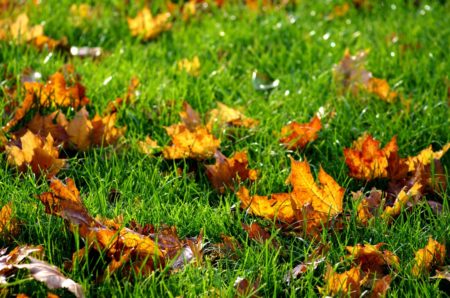
As soon as the lawn grass stops growing, the best time to care for it comes before the cold season. It is advised to start the necessary activities from mid-September in order to complete all the work in the colder October. It is not conducted after the onset of the first frost. Covering procedures will not cause difficulties. You should heed the recommendations of experienced gardeners, so that everything goes according to plan.
Watering in autumn
Preparing the lawn for the coming winter includes the proper cessation of watering. Most often, in September, along with the first drop in temperature, rains come. In the first autumn month, sufficient rainfall occurs, so watering should be done no more than 1 time in 5-7 days, subject to persisting drought.
Sprinkling is the most suitable irrigation method. It is important that there is not too much water, otherwise the risk is increased that the grass will rot. Completely watering stops in October. The soil will not be waterlogged. Plants will not begin to weaken, get sick before the coming winter.
Features of shearing coatings in the fall
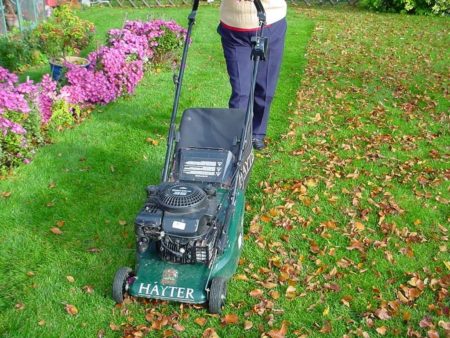
Another important point in how to prepare the lawn for future cold weather is timely mowing. In summer, the plot is sheared depending on the growth rate of the grass. With cooling and growth activity decreases. The last haircut before the cold is necessary. If tall grass remains at the time of the arrival of the cold, in the spring new sprouts will be hard to break through the upper layer. It is necessary to mow the grass in autumn so that its height reaches 5-7 cm. Gardeners should monitor the temperature regime. It is recommended that you cut the grass for the last time 2 weeks before the expected frost.
Top dressing in the fall
Having found out when it is necessary to mow the lawn before winter, fertilizing should be carried out. The use of nitrogen is prohibited. It promotes active growth. This is contraindicated in the winter. It is necessary to feed the plants with substances that strengthen the root system. Recommended fertilizers contain potassium, phosphorus.
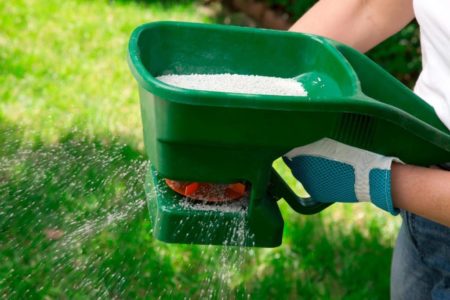
The soil should be fertilized with bone meal. It is better to do this a week, 10 days before the temperature drops predicted by weather forecasters. Fertilizer reduces the acidity of the soil, saturates with substances necessary for active growth in the spring. Coating care involves the use of double superphosphate.From 50 to 70 g is applied per square meter. Do not violate the established norm so as not to harm the soil. Fertilizer with potassium makes plants stronger, increasing resistance to diseases.
There is another important point, how to prepare the lawn for the upcoming winter, for fertilizer you can buy special products in the store. In dry weather, before feeding, you need to water the area, wait until the dew comes off, then add the product in the recommended dosage. If there was no rain after this, repeat the watering after 48 hours.
Lawn aeration in autumn
The lawn should be saturated with oxygen in a timely manner. To do this, use an aerator. If he is not already on the farm, garden pitchforks will do. They need to pierce the top layer. Raise the turf, making a slight tilt in its direction. Extremely dry weather is suitable for aeration. Keep in mind the following recommendations:
- Punctures are made at a uniform distance from each other - 20-30 cm.
- The optimum puncture depth is from 15 to 20 cm. This will ensure that the required moisture penetrates.
- After aeration, the coating should fully "rest" a couple of days, do not run, walk on it.
Leaf cleaning
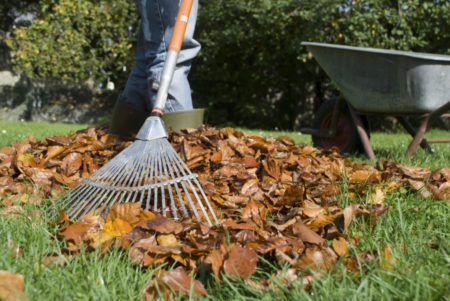
In autumn, it is necessary not only to mow the grass, but also to remove the fallen leaves. So, half the gardeners think. It is believed that the cover of the leaves will not harm the lawn, even if it is not cleaned until spring. Experts call this opinion categorical. A lawn is not a natural, but an artificial covering created by man. The principles that occur in nature on open soil, flower beds do not work with him. Abandoned foliage under the snow in winter will turn into a pressed coating. In the spring through it will be hard to break through new grass.
Deciding on the timing of cleaning is simple. In the period of warm autumn, when the leaves fall slowly, you need to rake it once a week. If the first snow has fallen sharply, frosts have come, wait for warming. Doing cleaning on a frozen plot is not recommended. Grass on the lawn is easily damaged, it becomes brittle. You can rake leaves with a fan or a plastic rake. The tool should not injure the root system, stems. If possible, you can use a lawn mower with a grass catcher. This allows you to trim the cover and remove leaves. This can be done 2 weeks before the expected frost, no later.
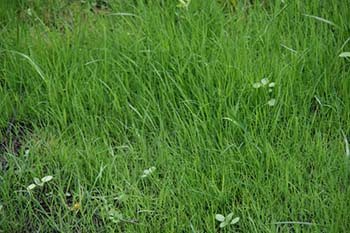 You may be interested in:
You may be interested in:Mulching the soil: leveling the turf
The introduction of a layer of organic, inorganic substances is mulching. It is necessary to preserve moisture inside the lawn. The soil does not freeze, does not overheat. If the mulch is correctly selected, in the spring the gardener will not have problems with weeds, pests on the site. Mulching is carried out:
- a mixture of sand and peat. Their concentration varies depending on the type of soil;
- garden land.
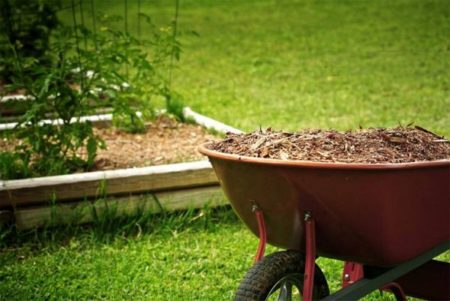
Mulching is the final stage after top dressing, aeration of the lawn coating. The coating layer should reach 1-1.5 cm. Next, it must be swept away with a broom, other equipment. Experienced gardeners recommend mulching and fertilizing fertilizers at the same time. If you follow this advice, after a few days you need to water.
Caring for the lawn for the coming winter provides for leveling the plot, because during the summer, patches are often formed on the coating. In autumn, it is better to sow grass a little, so in spring it will rise evenly. To ensure good shoots, a number of recommendations should be followed:
- areas with bald spots to "scratch" a rake. It is necessary that the seeds fall into the soil and spring up;
- to purchase mixtures of herbs for planting in the autumn period, they have fertilizers necessary for good germination;
- those places where the alignment was made, cover with a layer of compost. It should be level with the lawn. Add sheet humus to retain moisture.
Pest protection
No matter how well looked after the lawn, but the risk of pests remains. To prevent this spraying being carried out in the fall. The average air temperature should already drop to a level of +5 degrees. The grass is treated with an antifungal drug. Most often, gardeners use:
- "Fundazole";
- Benomil.
In the spring, when the snow melts and the air temperature begins to rise, re-treatment should be done with the preparation used in the fall. This is necessary to prevent damage to the lawn cover by the pathogen of snow mold.
Lawn Edge Decorations
In the fall, mowing the overgrown lawn should be done carefully. The edges of the lawn most often need decoration. Over the summer, the grass has grown, could go on the tracks. Cutting the lawn is easiest with specialized gardening equipment. Not everyone has it, so it can be fully replaced by a shovel. The border should be reinforced if necessary, aligning its edges.
It is important not to damage the grass cover during the design process. Many mistakenly use salt, chemicals to stop the overgrowth of the coating. You can’t do this. To establish clear boundaries, gardeners are recommended to use sand, gravel.
Planting a lawn in the fall
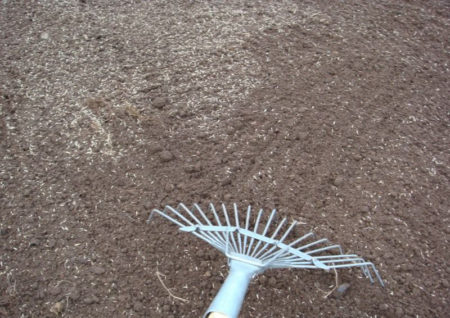
The last autumn months, when there is no risk of drought, and in the air there is enough moisture, is the ideal time for sowing grass. Experts advise to do landing work in mid-September. They can continue until the end of the first month of autumn. Some recommend replanting another sowing just before the start of winter - in mid-late November.
Planting in September is good there, that the grass has time to take root, its height will be optimal in order to tolerate the cold. If the procedure is carried out in November, you should wait for the first small frosts. In this case, the recommended consumption of planting material should be increased by 20-50%. The risk of freezing seeds remains. In November, it is not recommended to sow areas that are inclined. In spring, when the snow melts, the water will partially wash the seeds.
Before planting, the soil must be dug up, stones removed, weeds level the surface, rammed it. 7 days before the planned sowing, mineral complex fertilizer must be added to the soil. After a week to do the landing:
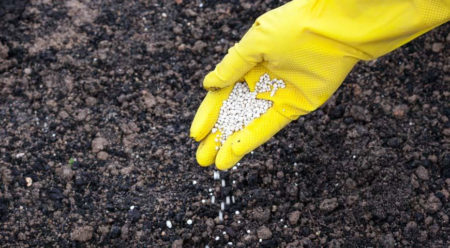
- sprinkle seeds with a fan;
- rake a rake;
- sprinkle with a thin layer of peat;
- to water.
The areas located below require prior drainage. Soil from the top layer needs to be removed. Fill everything with gravel, broken brick. Place a layer of 10 cm of river sand on top. Then lay a layer of removed fertile soil. After this sections need to be tamped. It is better to use a skating rink, a large log.
Winter lawn shelter
There are many videos in which experienced specialists tell in detail when it is necessary to mow the lawn before winter, whether it is necessary to cover it. Subject to all recommendations, the coating does not need additional insulation. Plants will tolerate low temperatures well, the root system will remain unharmed.
Gardeners have only a few rules on how to properly care for the lawn in winter:
- Do not remove snow from the lawn. It will be enough to clear the tracks;
- you can walk on the lawn when the thickness of the snow layer reaches 30 cm;
- the formed ice crust on the surface must be broken up with a rake, in order to access the grass the required amount of oxygen.
How to fertilize correctly
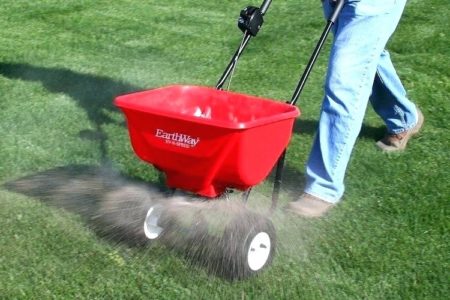
Top dressing fertilizers coatings in the fall should be done correctly. This will provide the desired result, plants, their root system will not be injured.
- Before top dressing, the soil must be well watered.
- Wait a day to absorb moisture.
- To feed plants, it is better to use special equipment. This prevents injury to the green coating. A spreader is used to fertilize the lawn. He sells in a specialized store, where the fertilizers themselves.
- After 1-2 days, the lawn should be re-watered abundantly. This will ensure complete absorption of the used compounds in the soil.
Nitrogen Fertilizer Application
Low concentration nitrogen fertilizers are allowed for feeding the lawn cover in early autumn. Thanks to the means, the color of the grass improves. Plant growth is noticeably stimulated. This will be most beneficial to grass, weakened by summer drought, high temperatures. Nitrogen compounds are applied strictly in the right concentration. Its increase leads to an active growth of plants, and this is undesirable in anticipation of cold weather.
The application of phosphorus and potash fertilizers
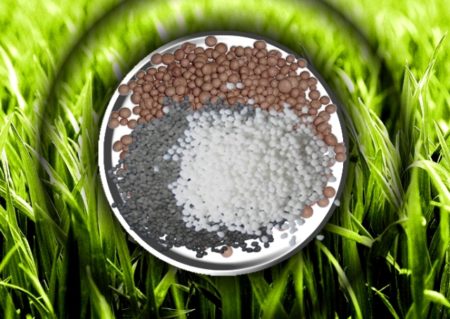
Compounds with phosphorus must be used to feed grass in the fall. They effectively strengthen the root system, contribute to the growth of shoots on the sides. More often, gardeners prefer to fertilize the sites with superphosphates. During this period, potash fertilizers can also be applied to the soil. They are necessary to increase the stress resistance of plants to diseases. Potassium helps roots absorb nutrients better, strengthens them. This will help the lawn tolerate winter well. For fertilizer use potassium sulfate. Potassium rich wood ash is also used.
How to mow a lawn
The last time you need to mow the lawn in early November. The procedure will prevent the possible development of a fungal infection. Mowed grass weakly weakens, which is also an advantage over the coming winter. The grass, after a lawn mower is passed through it, should reach an average of 7 cm in height. Before a steady cold snap, it will grow by an average of 2-3 cm. This will ensure a good wintering of plants, and losses will be minimal. Mowing lawns that are badly damaged by drought with sluggish grass is not necessary.
Grass cleaning
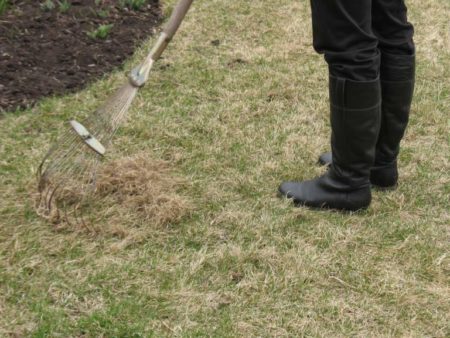
Before the onset of cold weather, carefully clean the area. The grass should be cleaned of fallen pieces. They are called felt. The easiest way to walk on the lawn is a rake. Doing everything carefully so that the root system of plants is not damaged. Not everyone considers such a manipulation mandatory, but experienced gardeners do not advise giving it up. It is necessary to clean the site from rotten, wet leaves. They can cause the development of diseases of an infectious nature.
Appearing on the grass, moss can be removed by hand. The effect will be short-lived, which is a problem. For this, it is better to use a special tool. It has iron sulfate, which is detrimental to moss. If you ignore such processing, the problem will return quickly. The tool must be applied to the roots, tree trunks, so that there is no moss on them.
To completely eliminate the problem, you first need to completely remove the moss, then dry the sod. Many additionally use the liming necessary to reduce the acidity of the soil. You should also use dolomite fertilizer in spring. It strengthens the grass and prevents the development of moss. Fertilizers, which have a high iron content, help get rid of an unpleasant problem.
Airing and repair (restoration) of a lawn
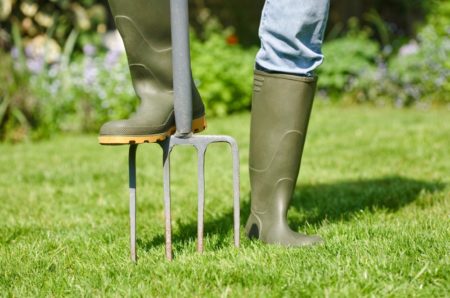
The root system should be aired in the fall. This will provide the necessary oxygen.The procedure is quite simple - you need to pierce the area with a pitchfork or a special device, retreating 15 cm each time. Punctures need to be done carefully so as not to damage the roots.
If they eat at the sites there are diseased areas where the grass turned yellow or completely fell out, they need to be treated with fungicides. After that, all bald spots again sow grass. Calculation of seeds should be carried out with the expectation that in winter part may freeze. If the grass is too late to sow, you can use ready-made turf.
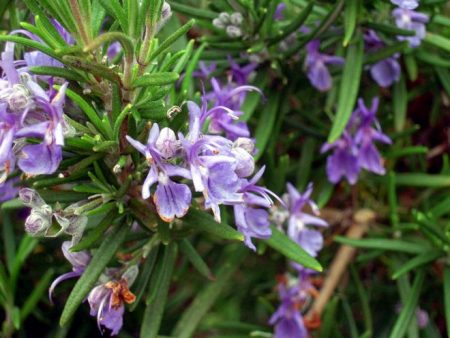 You may be interested in:
You may be interested in:How to care for the lawn in late autumn and winter
When the weather is cold, the snow will fall, you should take care of a good flow of air to the lawn. After thaws and repeated frosts, an ice crust often appears on the surface. It needs to be removed. Scoop shovel, rake is suitable for work. If you do not remove the crust, carbon dioxide will accumulate under it. It negatively affects the condition of plants.
If there is insufficient rainfall in some places, snow retention must be arranged. With severe snowstorms and drifts, gardeners recommend reducing the thickness of snowdrifts by scattering them. If you do not do this, then in the spring, when everything melts, the grass can strongly sing.
Care for specific types of lawns
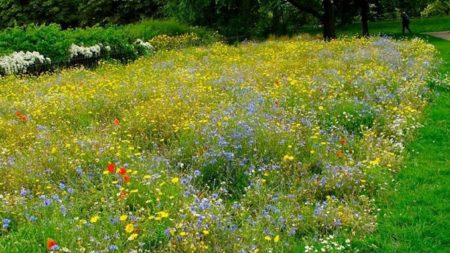
A lawn that consists of plants of the same species is a classic “English” version. Often you can see other varieties of lawns:
- meadow;
- Moorish
- blooming;
- sports.
The main difference in the set of plants, their height. In the meadow lawn there are natural herbs that are found in nature in such areas. Mowing is performed to a height of at least 8 cm. This must be done after perennial plants have bloomed, and other varieties have not bloomed yet.
Caring for a Moorish lawn is easy. It can be cut by hand. It is important not to damage flowering plants. In the autumn, turf and garbage are carefully removed. Further, the lawn should be fertilized, watered, mulched. The sports lawn has a low coverage. It can be cut until a steady drop in temperature occurs. It must be carefully looked after, as well as the ground floor option, so that the coating retains its original appearance.
Reviews and comments
Andrei
I refused chemical fertilizers. In the fall I buy chicken droppings, insisting with water, and bring as fertilizer. Grass grows very fast. The roots are strengthened. Many in vain believe that the characteristic smell of droppings will come from the lawn. After the winter, nothing remains. The advantage is that active grass growth is observed all summer. The lawn needs to be mowed every week, otherwise after 10 days it will be very difficult to do.
Ivan
About a month before the frost, I carefully scrub foliage and garbage from the lawn. I pierce everything with a pitchfork to provide access to the air. Lawn mowing to a height of 4 cm, no more. Be sure to feed complex autumn fertilizers, mulch the soil. In winter, no one runs around the lawn, regardless of the thickness of the snow layer. As a result, the entire warm season, right up to the frosts, pleases the whole family with a chic green lawn.
Finally
Lawn - a coating that attracts many. Novice gardeners should get acquainted with all the subtleties of coating care. Be sure to feed and clean the grass, mow it in time and properly prepare for the cold. This will provide a beautiful appearance for the lawn that will delight the whole family.

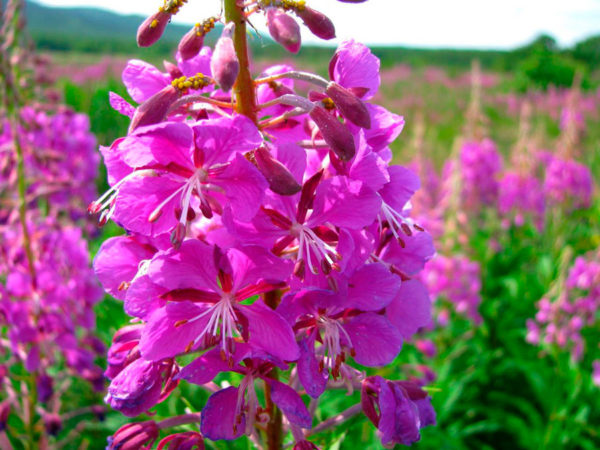
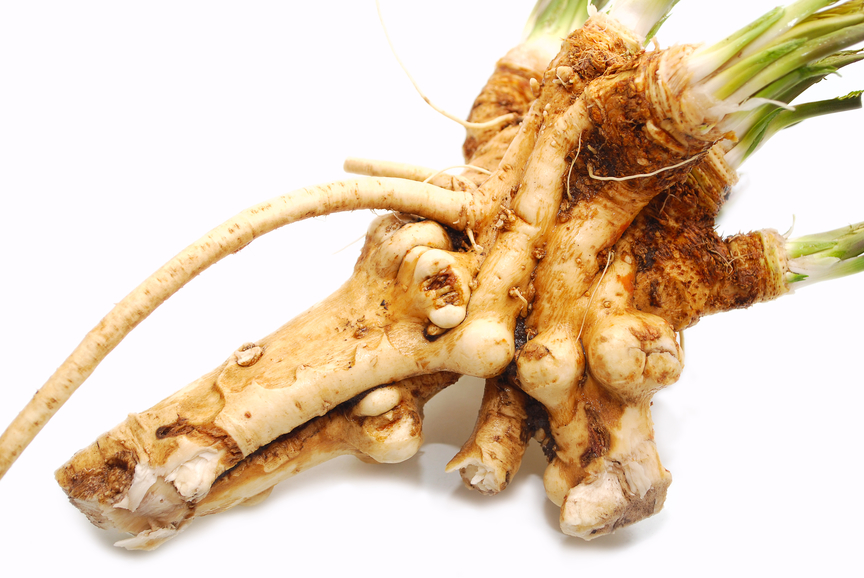
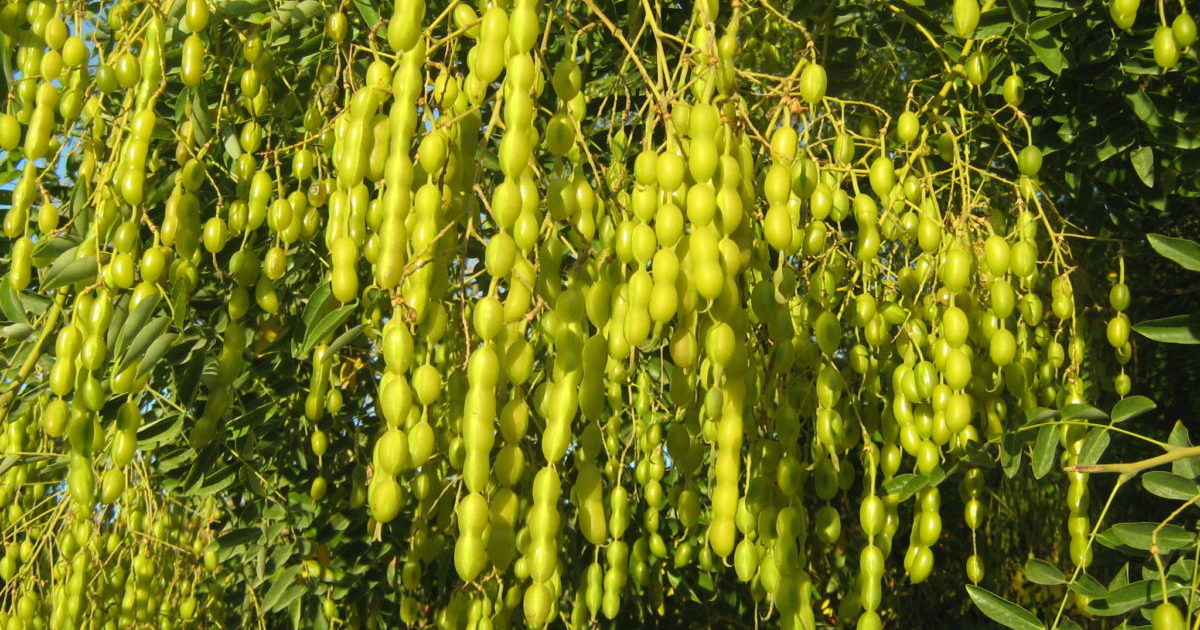
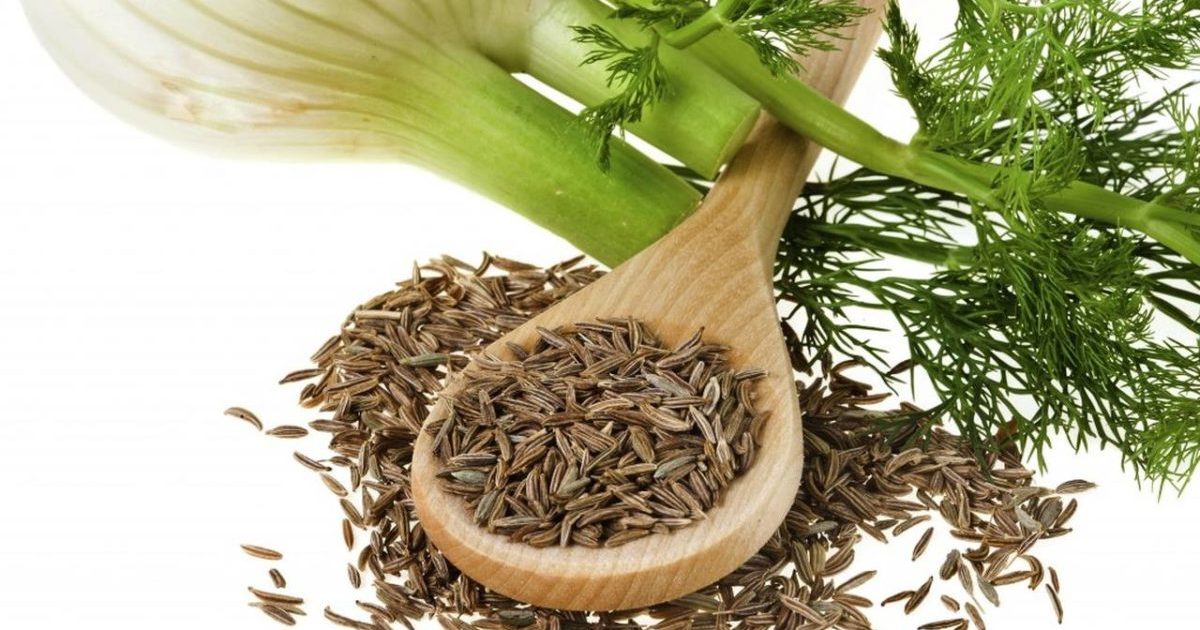 Fennel - beneficial properties and contraindications
Fennel - beneficial properties and contraindications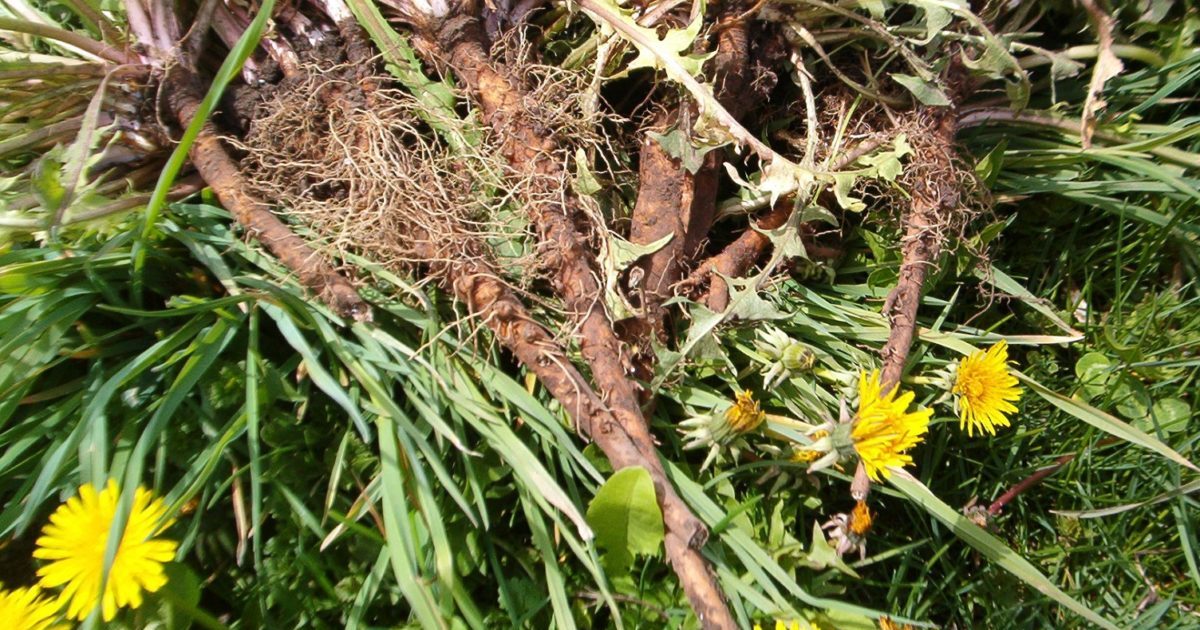 Dandelion Root - Health Benefits and Contraindications
Dandelion Root - Health Benefits and Contraindications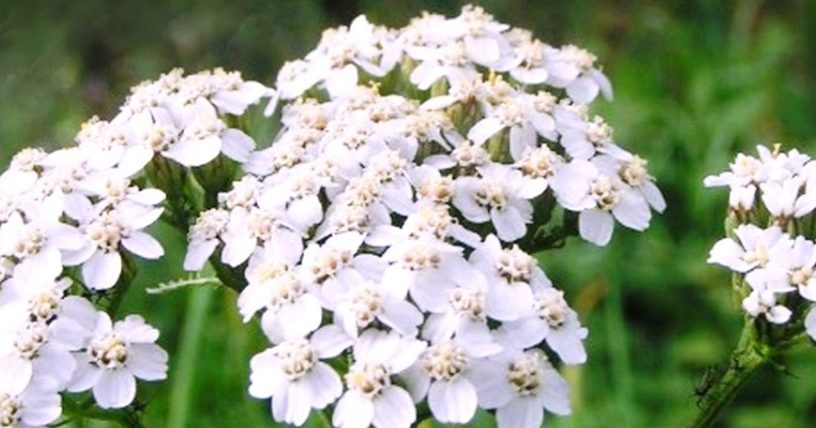 Yarrow - beneficial properties and contraindications for health
Yarrow - beneficial properties and contraindications for health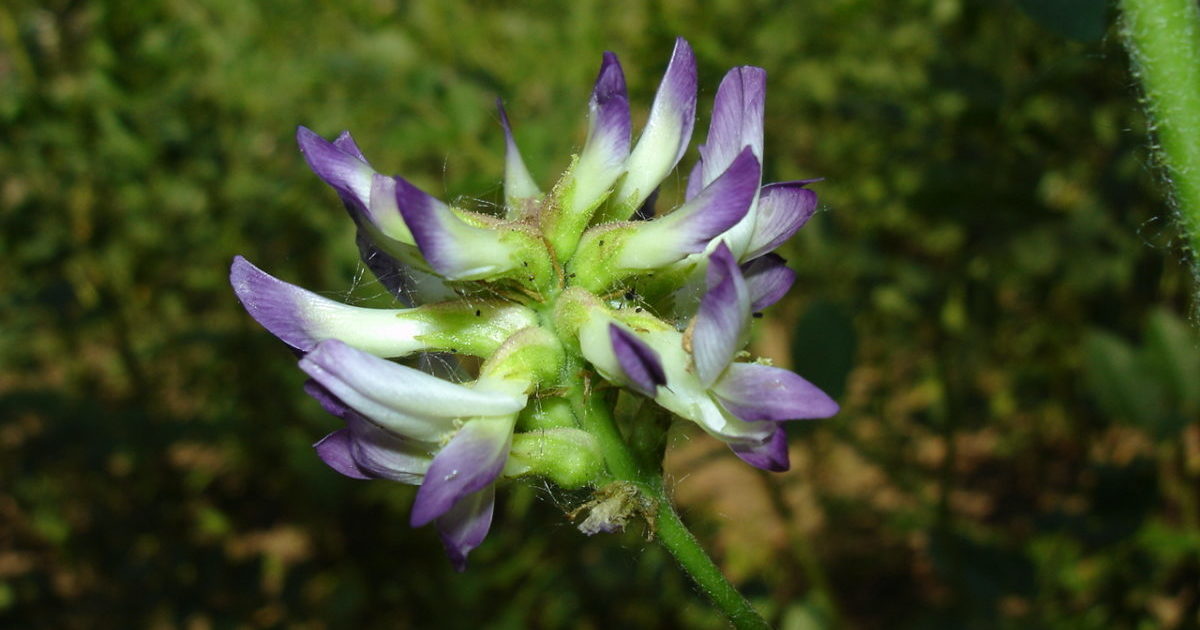 Licorice - beneficial properties and contraindications for health
Licorice - beneficial properties and contraindications for health